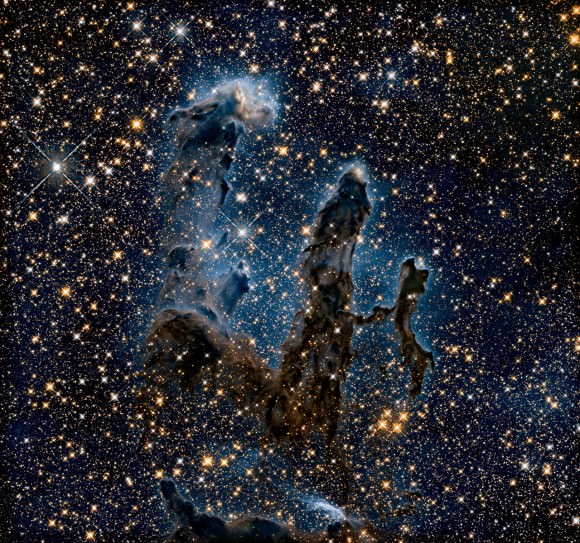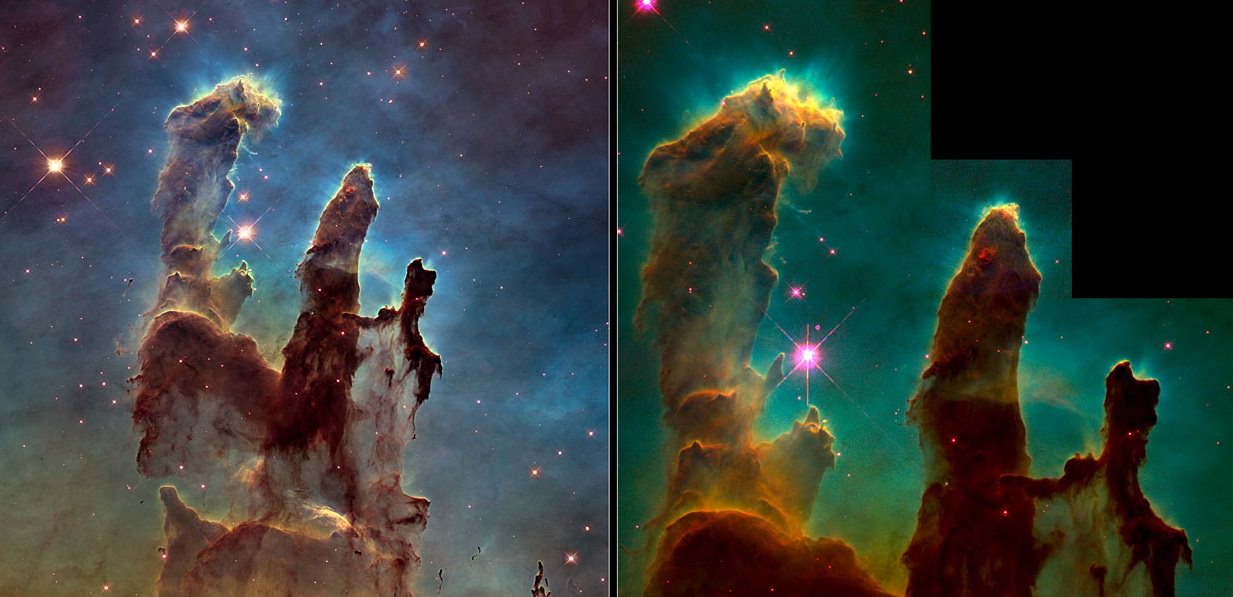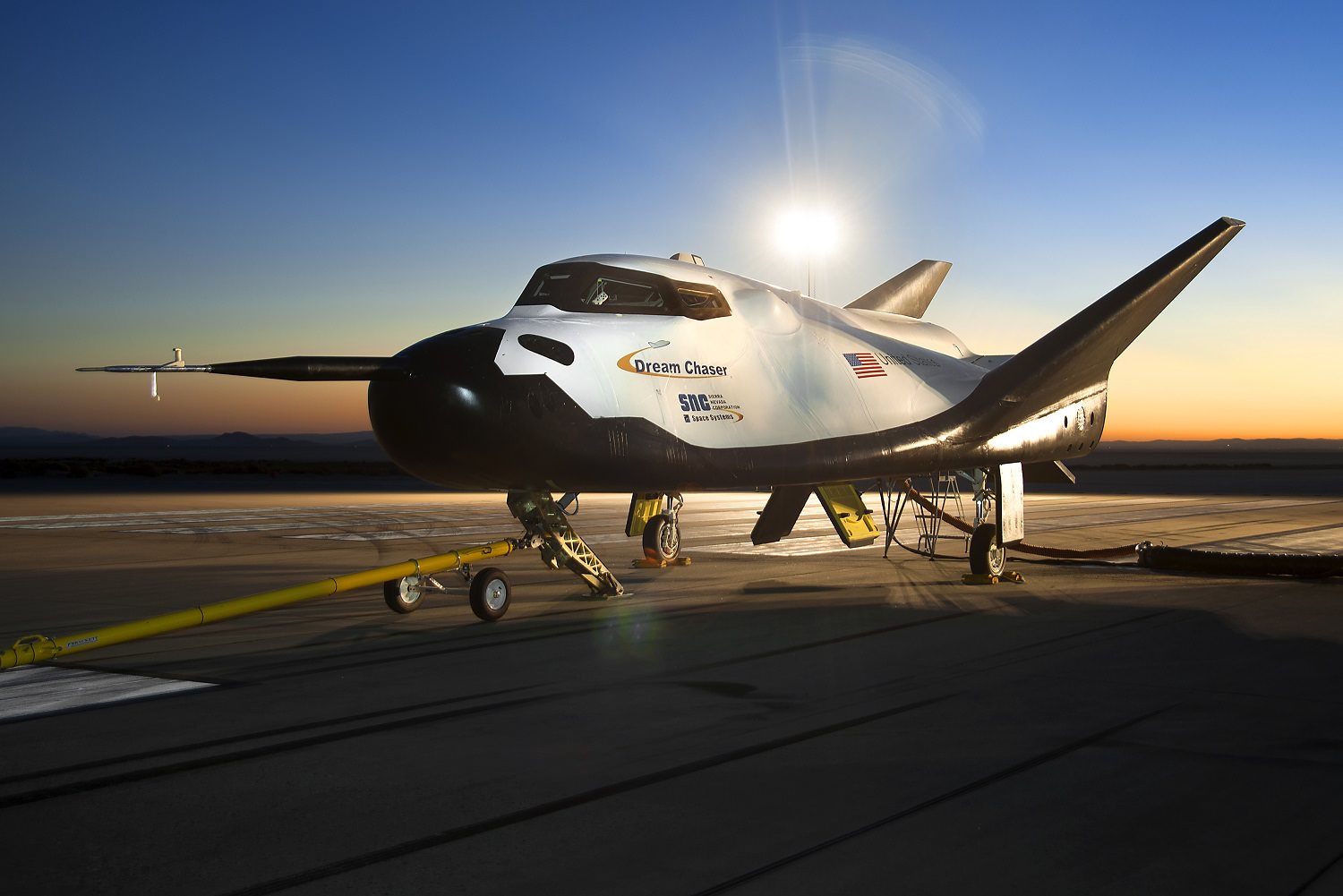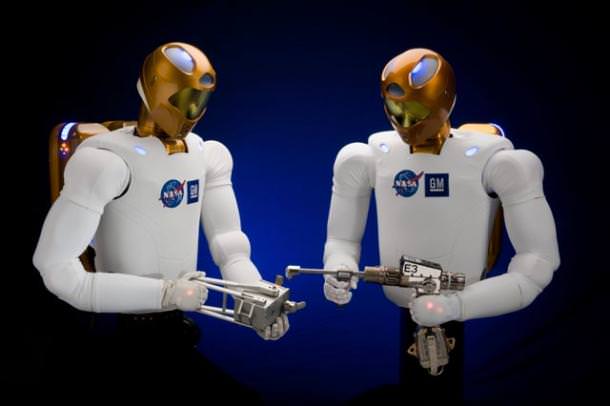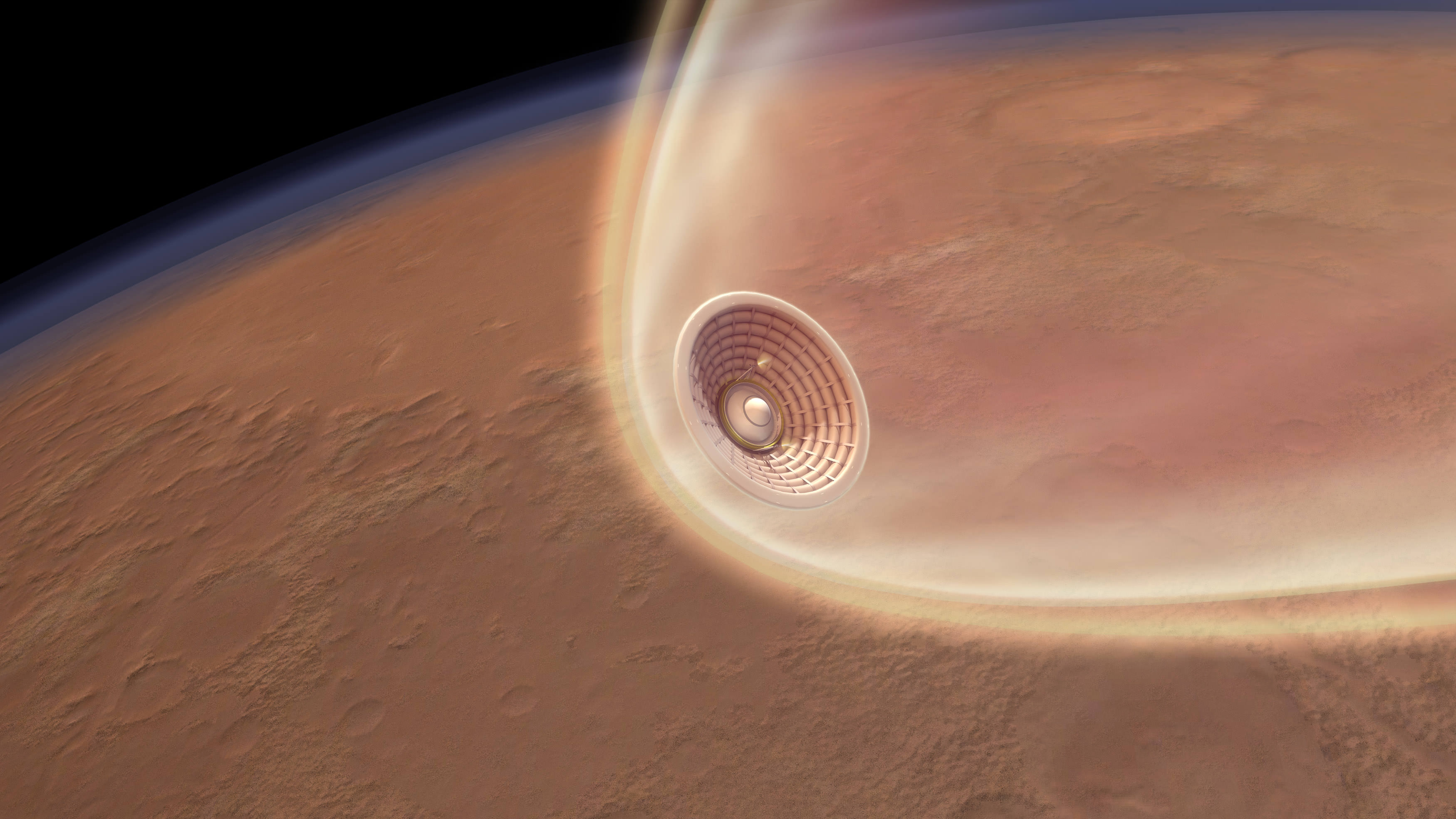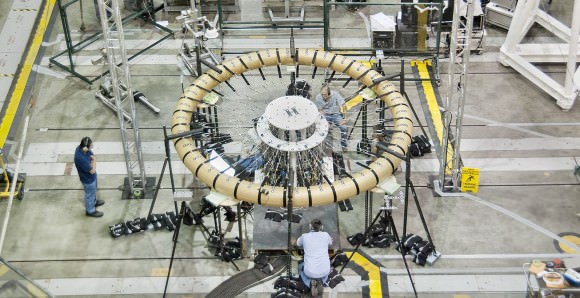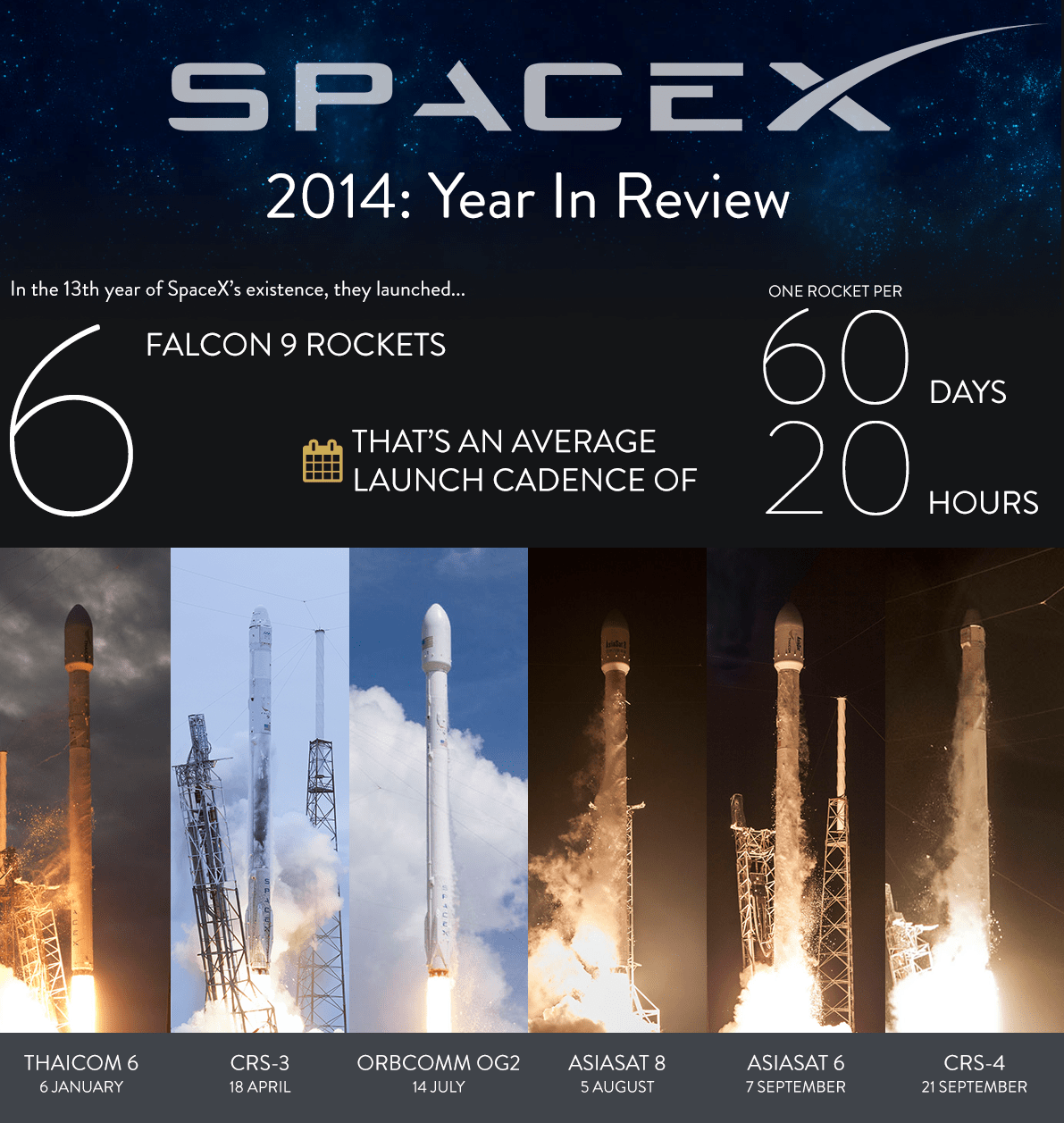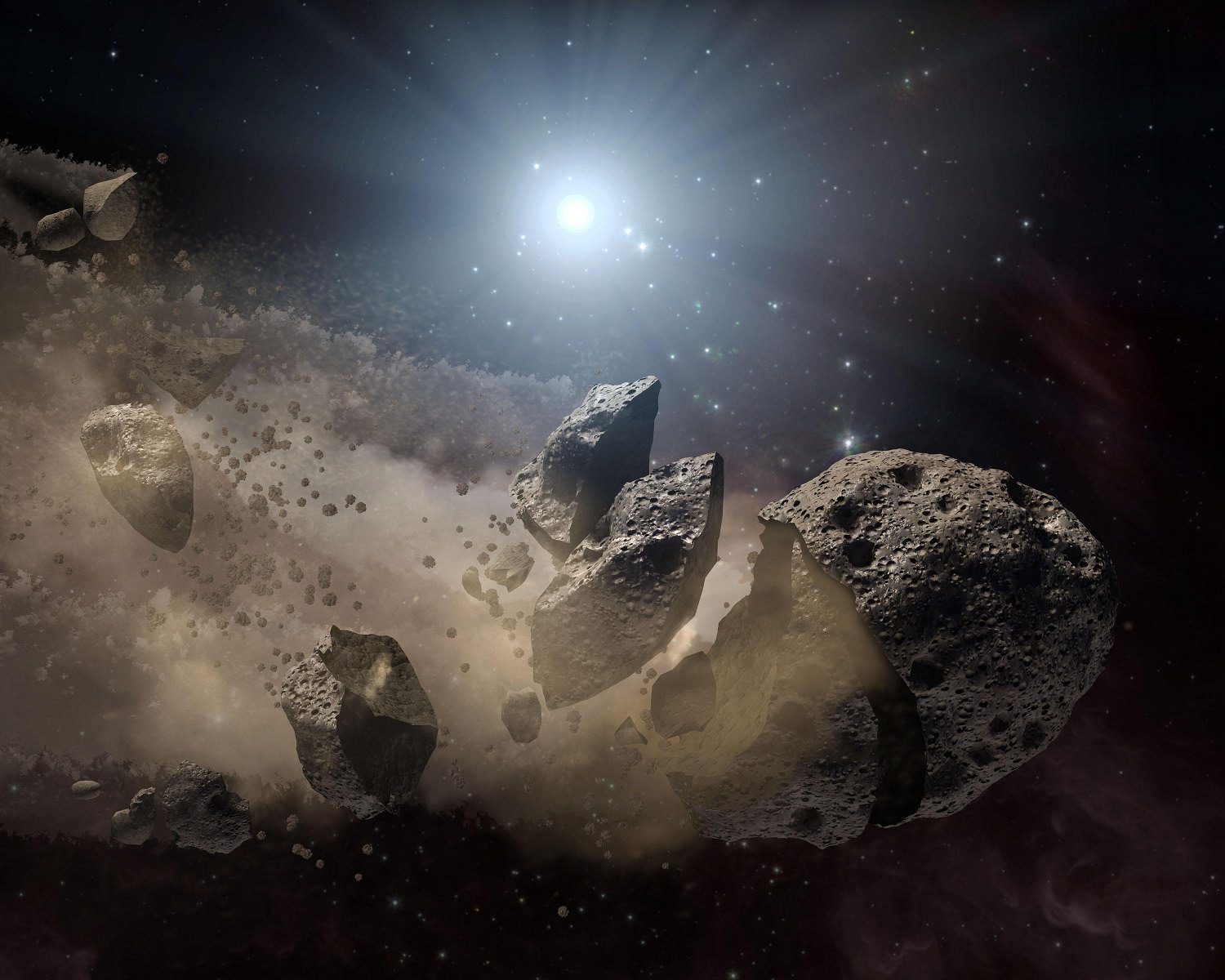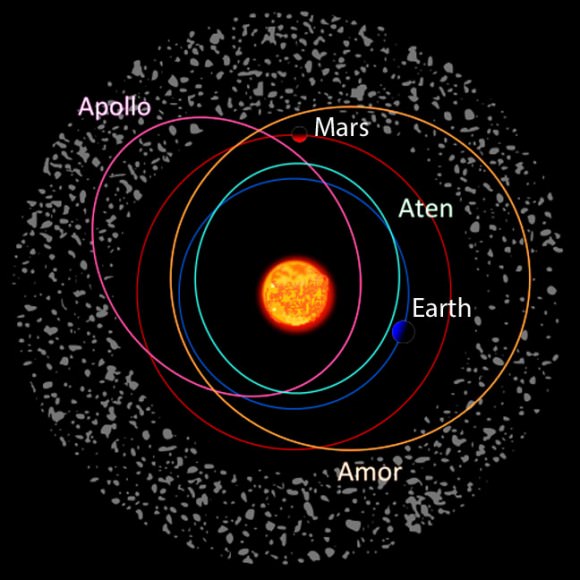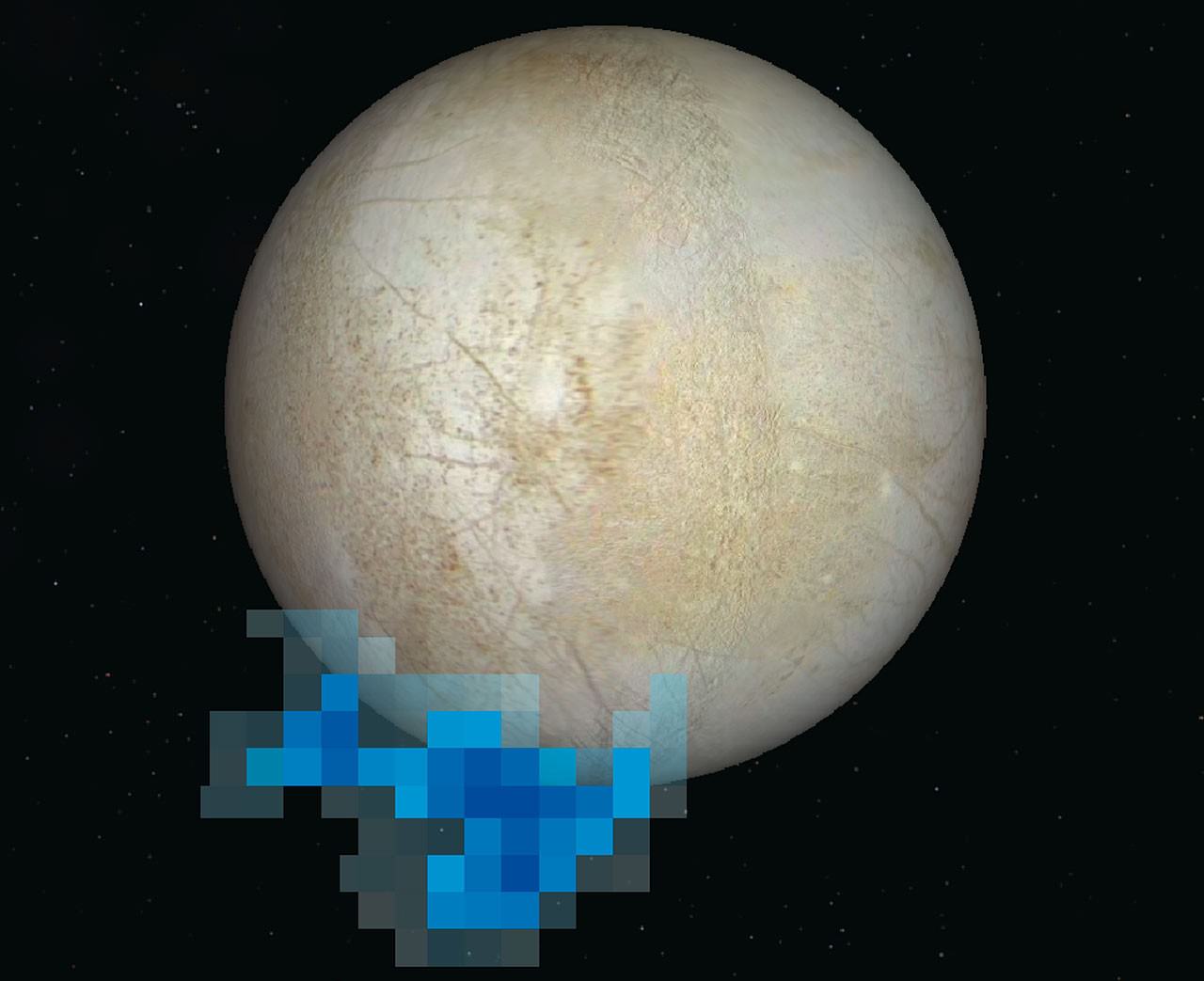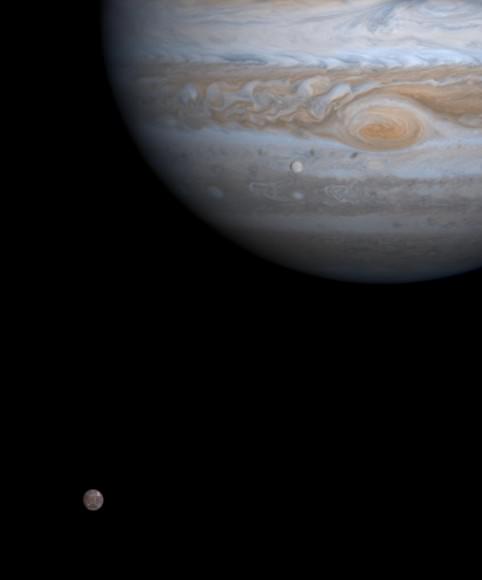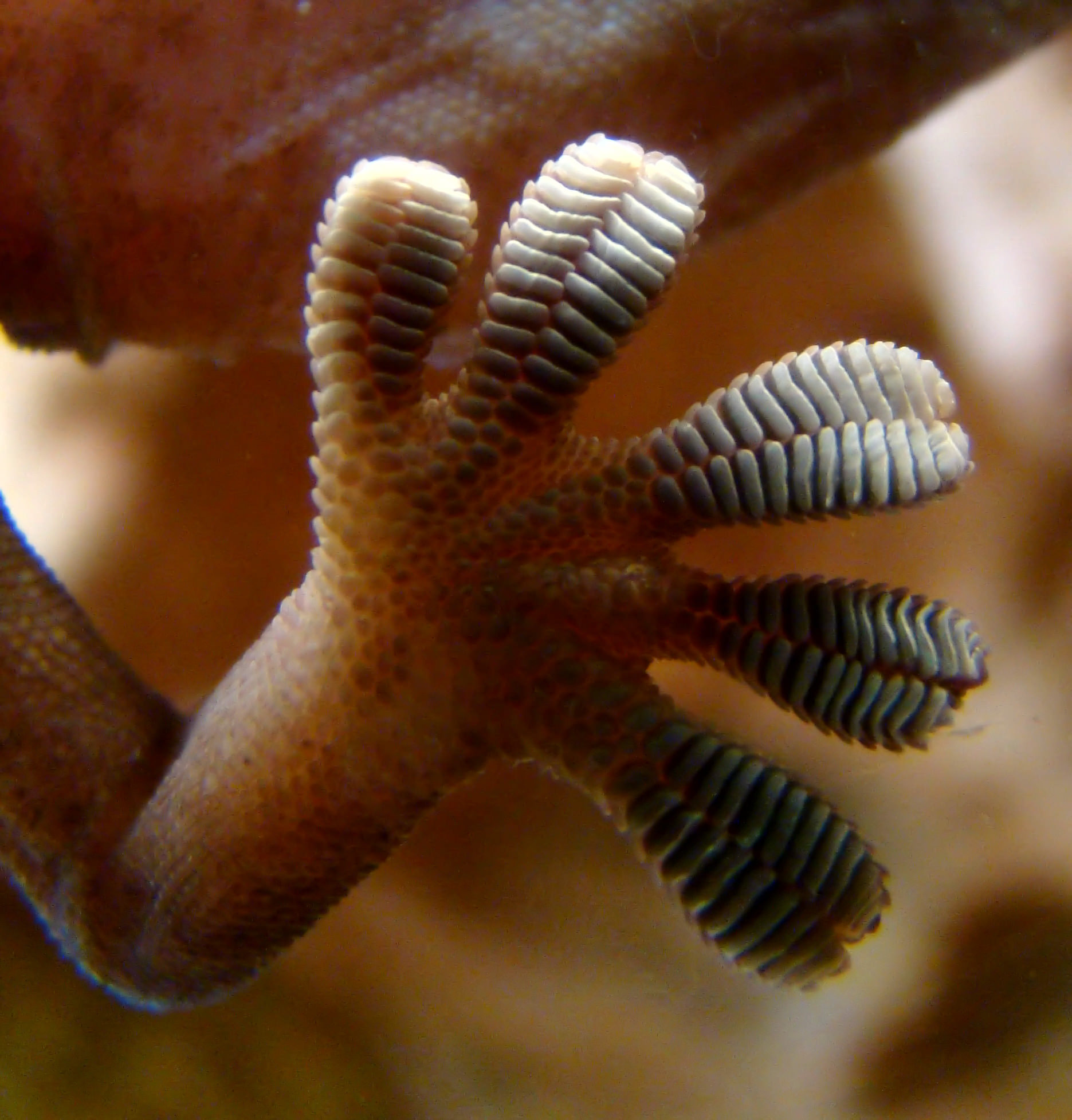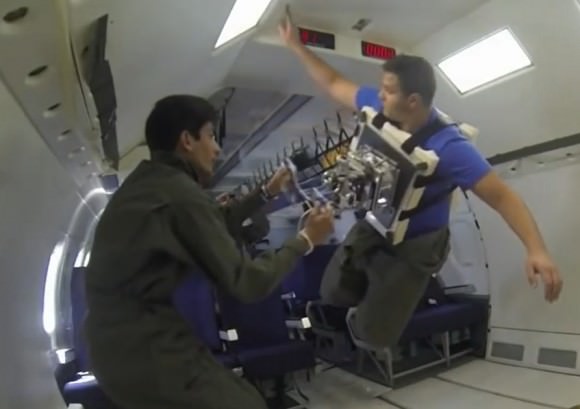Update, 4 p.m. EST: Sierra Nevada’s statement, which was posted after the story was first published, is now mentioned below.
Sierra Nevada’s protest concerning NASA’s commercial crew program was turned down today (Jan. 5), according to a statement from the U.S. Government Accountability Office.
The company is developing a spacecraft called the Dream Chaser, which was in competition for NASA funding along with Boeing’s CST-100 and SpaceX’s Dragon to bring crews to the International Space Station. A few months ago, NASA awarded further development money to Boeing and SpaceX, prompting a protest from Sierra Nevada.
At the time, Sierra Nevada both protested the decision and requested a stop-work order on all commercial crew work. The stop-work order was lifted fairly quickly, but the protest remained under review. From today, this was the crux of the GAO statement, which you can read in full here:
In making its selection decision, NASA concluded that the proposals submitted by Boeing and SpaceX represented the best value to the government. Specifically, NASA recognized Boeing’s higher price, but also considered Boeing’s proposal to be the strongest of all three proposals in terms of technical approach, management approach, and past performance, and to offer the crew transportation system with most utility and highest value to the government. NASA also recognized several favorable features in the Sierra Nevada and SpaceX proposals, but ultimately concluded that SpaceX’s lower price made it a better value than the proposal submitted by Sierra Nevada.
In making its selection decision, NASA concluded that the proposals submitted by Boeing and SpaceX represented the best value to the government. Specifically, NASA recognized Boeing’s higher price, but also considered Boeing’s proposal to be the strongest of all three proposals in terms of technical approach, management approach, and past performance, and to offer the crew transportation system with most utility and highest value to the government. NASA also recognized several favorable features in the Sierra Nevada and SpaceX proposals, but ultimately concluded that SpaceX’s lower price made it a better value than the proposal submitted by Sierra Nevada.
Other key points:
- The prices for each proposal were as follows: Sierra Nevada was $2.55 billion, Boeing’s was $3.01 billion and SpaceX’s $1.75 billion.
- NASA, the GAO said, had “no undue emphasis” on any proposal’s schedule or the chances of a particular system making it to orbit by 2017. Also, the agency did say in its request for proposals that the 2017 certification goal would be a part of the process — a different point than what Sierra Nevada argued, who said the agency had added that stipulation while the process was underway.
- NASA’s review of SpaceX’s price and “financial resources” was adequate, along with its evaluation of the competing proposals in terms of mission suitability and past performance. This was in contrast to Sierra Nevada’s argument.
This is part of what Sierra Nevada had to say about the decision. The company also said it plans to maintain ties with NASA. The full statement is here.
While the outcome was not what SNC expected, we maintain our belief that the Dream Chaser spacecraft is technically very capable, reliable and was qualified to win based on NASA’s high ratings of the space system. We appreciate the time and effort contributed to this process by the GAO and NASA to fully evaluate such a critical decision for the United States …
SNC also plans to further the development and testing of the Dream Chaser and is making significant progress in its vehicle design and test program. In addition, SNC is continuing to expand its existing, while developing new, partnerships domestically and abroad in order to expand the multi-mission flexibility of the system, reduce overall long-term costs of the vehicle and ensure long-term affordability and sustainability for the Dream Chaser.
A public record of the decision is expected in a few weeks. Right now, due to the proprietary nature of the information, only NASA personnel and a few “outside counsel” are able to view it, the GAO added.
